Risk/Reward Profile
Virtue Asset Management portfolio managers create a risk-reward profile by assessing and managing the risk and potential returns of the investments within a portfolio. The goal is to achieve an optimal balance between risk and reward, considering the investor’s objectives, risk tolerance, and time horizon.
Risk/Reward Profile
It’s important to note that creating a risk-reward profile is an ongoing and dynamic process. As market conditions and investor circumstances change, our portfolio managers adapt and make adjustments to maintain the portfolio’s alignment with the intended risk and return objectives.
Establish Investment Objectives
At Virtue Asset Management our portfolio managers start by understanding the investor’s goals and objectives. These could be long-term growth, income generation, capital preservation, or a combination of these. Clarifying the objectives helps determine the appropriate risk level and asset allocation.
Risk Assessment
Our portfolio managers evaluates the investor’s risk tolerance and capacity to handle fluctuations in the portfolio’s value. Risk tolerance is influenced by factors such as age, financial situation, investment experience, and personal preferences.
Asset Allocation
Based on the investment objectives and risk assessment, our portfolio managers determine the appropriate mix of asset classes, such as stocks, bonds, cash, real estate, and alternative investments. Asset allocation plays a crucial role in determining the overall risk and return potential of the portfolio.
Diversification
Diversification is a risk management strategy that involves spreading investments across different assets, sectors, and geographic regions. By diversifying, Virtue Asset Management aims to reduce the impact of individual asset volatility on the overall portfolio.
Investment Selection
At Virtue Asset Management we carefully select individual investments (including individual stocks and bonds) that align with the portfolio’s strategy and objectives. The selection process considers various factors, including financial performance, company fundamentals, industry outlook, and valuation.
Monitoring and Rebalancing
Markets are dynamic and asset values fluctuate, leading to changes in the portfolio’s risk-reward profile. Our portfolio managers continuously monitor the portfolio’s performance and periodically rebalance it to maintain the desired asset allocation. Rebalancing involves selling overperforming assets and buying underperforming ones to bring the portfolio back in line with the target allocation.
Regular Communication with Investors
Effective communication with investors is essential in managing their expectations and keeping them informed about the portfolio’s risk-reward profile and any changes made to the investment strategy. At Virtue Asset Management, we send a quarterly update to clients. This update includes a review and outlook of the market plus the returns of each investment. We offer to meet quarterly with clients to review their financial situation.
Contact Us
For more information on our services, please contact us and we will be in touch shortly.
